Display case spotlights are miniature LED accent lights designed for use in retail display cases and museum exhibit cases. These directional lights are indispensable tools for focal illumination, highlighting special features, creating visual interests, attracting attention, or fostering energy, against the background of the general illuminance. Display case spotlights heighten drama by directing concentrated beams of light on objects. The ratio of the luminance of an object to its immediate background should be at lease 3:1. More dramatic accent lighting for creating visual impacts may require contrast ratios of 5:1 or greater. Spotlights are typically classified by beam distribution as “Spot” (10 to 15 degrees), “Narrow Spots” (10 to 15 degrees), and “Very Narrow Spot” (10 to 15 degrees).
LED technology brings a whole new world of performance advantage and design possibilities to directional lighting applications. The small form factor as well as the high flux density of LEDs enables the development of miniature spotlighting luminaires with precision beam control and high CBCP. LEDs spotlights are safe enough for museum and retail display lighting applications because LEDs do not radiate heat in the form of infrared (IR) energy and they produce a negligible amount of ultraviolet (UV) energy. UV exposure may induce photochemical damages in light-sensitive materials. The increase in object surface temperature due to thermal radiation can result in accelerated chemical activities and physical in the exposed materials. Successful display lighting requires the accent lights to reveal the color characteristics of objects or to enhance their attractiveness. With LED lighting, the distribution of light energy over the color spectrum can be balanced to enable faithful color reproduction and the deliver the most appropriate correlated color temperature (CCT) that enhance the look of displayed objects.
Display case LED spotlights typically leverage high power LEDs or COB LEDs to deliver the highest punch possible for accent lighting or to produce extremely precise and uniform beams. Luminous flux from the LEDs is regulated by compound lenses, reflectors, or a combination of them. The luminaires are poled mounted, surface mounted, or magnetic mounted in a low voltage track system. They operate on remote power supplies which may come integrated with controls, sensors and connectivity to make lighting adaptive and smart.

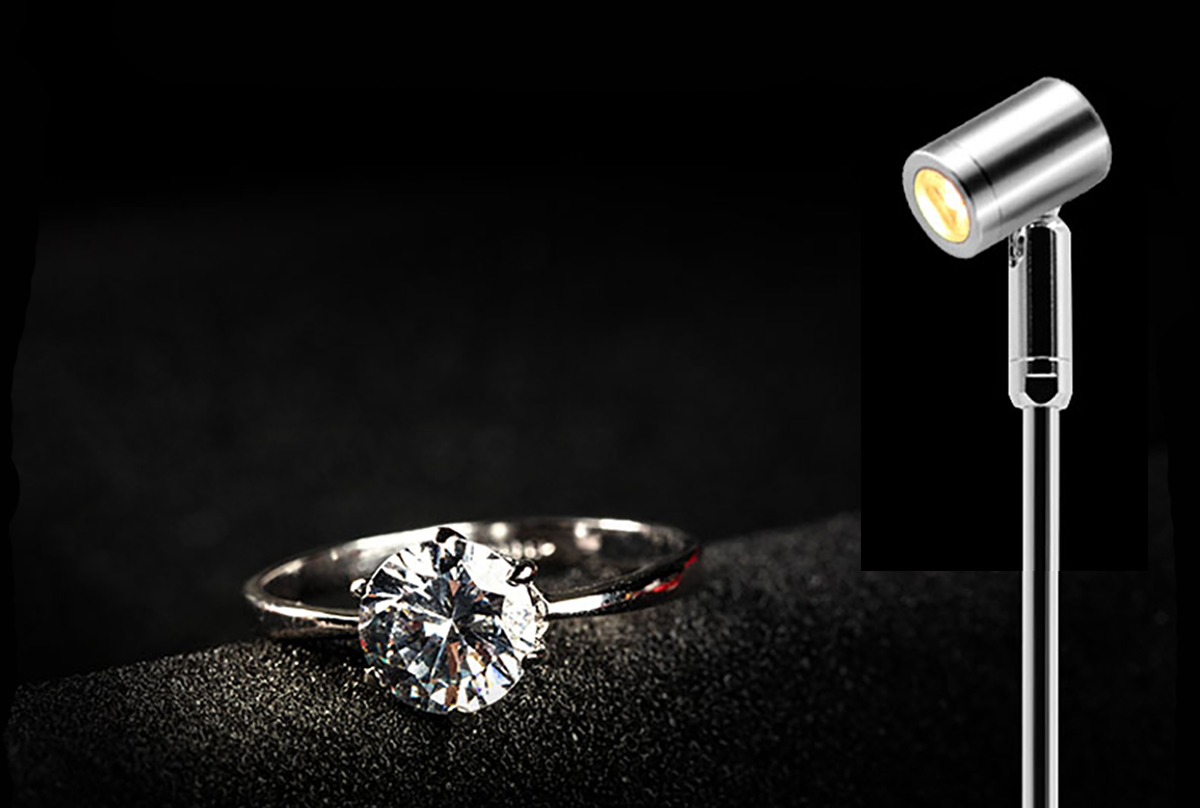





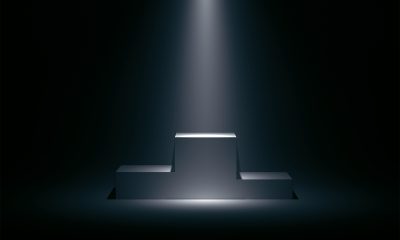
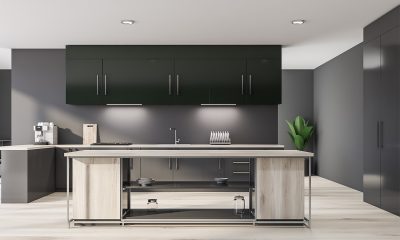
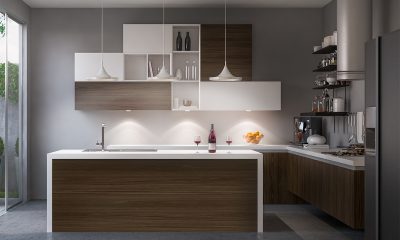


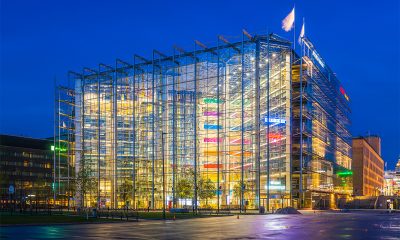
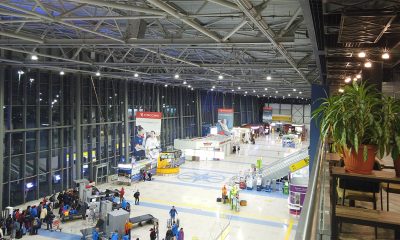





Loading...